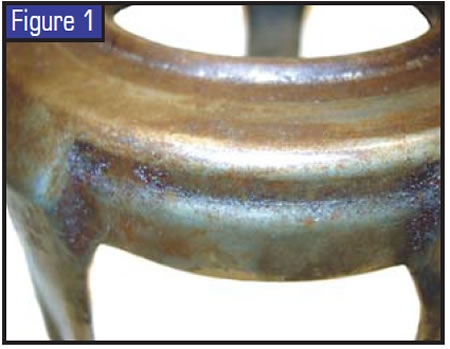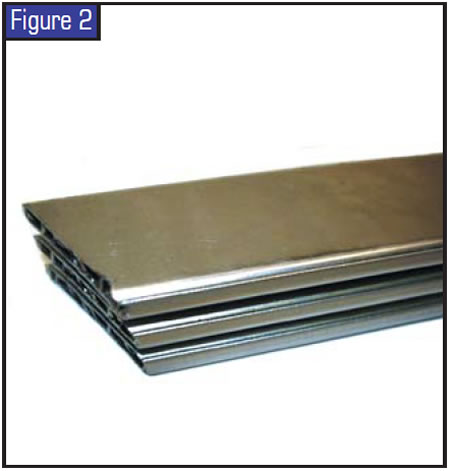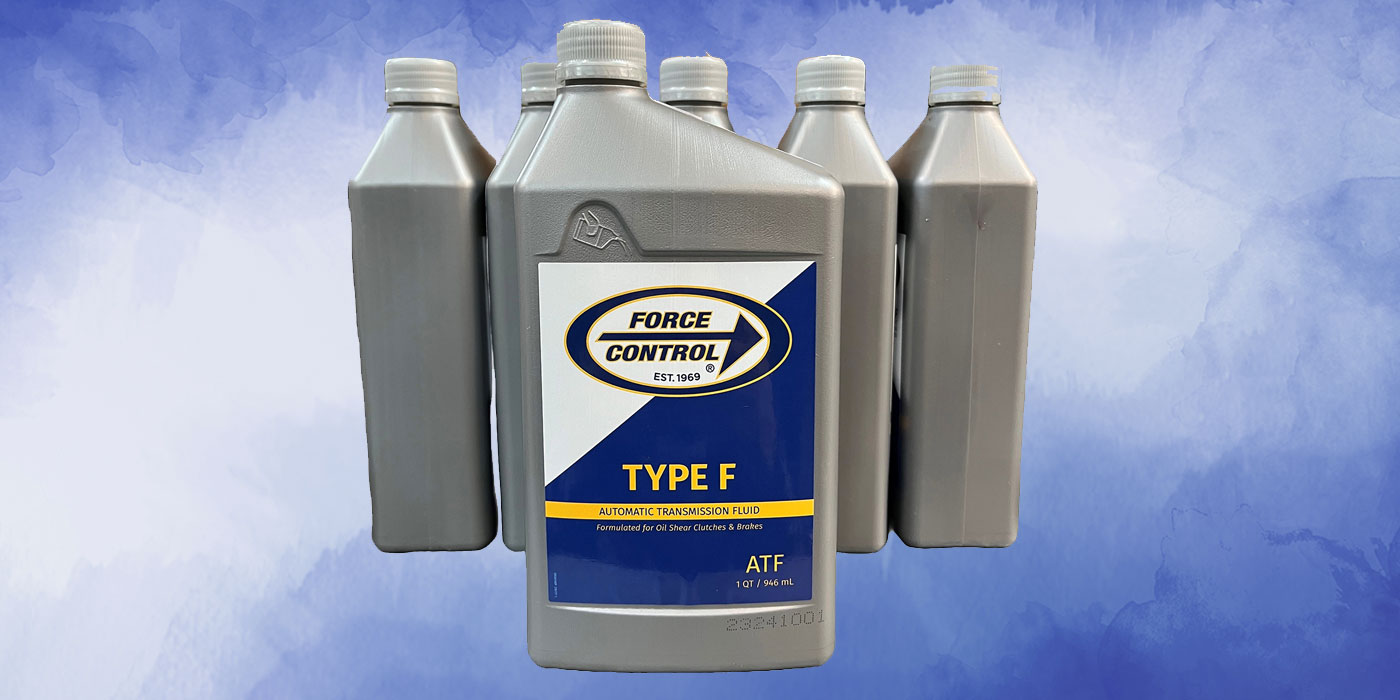
TASC Force Tips
- Author: Wayne Russell
Moisture can find its way into transmission fluid in various ways
Many of us are familiar with the “strawberry milkshake” you see when a transmission cooler ruptures in the radiator and mixes engine coolant and transmission fluid. In recent years we have seen other problems that can be traced back to water intrusion. A massive leak is easy to find. Let’s look at some causes that often are less obvious.
How do we know we have water intrusion? A good question. When a transmission is disassembled, you may find moisture present in a variety of places. Often you’ll find a milky, slimy residue that is a mixture of water and transmission fluid. It is not uncommon to find this in the Allison LCT 1000 transmissions used in Chevy HD pickup trucks.
I inquired of Allison and other industry experts and could not come up with a reasonable explanation for the presence of this moisture.
Then it occurred to me that the vent was drawing moisture in (usually during rainstorms or periods of high humidity). Vacuum is created when a quick increase in transmission pressure is commanded. The pump begins drawing fluid into the pump to supply the demand of higher pressure. When this occurs, a vacuum is created inside the transmission and slowly equalizes through the vent. This is the point at which moisture can enter the sump! We have confirmed this vacuum on our dyno. On 2×4 models, Chevrolet removed the vent Allison provided and installed a 90° fitting and a hose extended down to the oil pan. Allison’s recommendation is to replace the fitting and hose with the original-design vent.
We have seen similar evidence of water in some imports such as JATCO/NPR. Careful placement of vent hoses on JATCO/NPR can reduce water intrusion. In any event, be sure that the hose does not extend to or below the oil pan. Remember that although a vent may provide a direct path for water to enter, other seemingly more-indirect paths also exist. Close inspection of all electrical components is important! Water can enter in several ways, including through the filler tube.
When we have found minimal amounts of moisture in these units, we have found deterioration of converter-lockup friction. When the water content exceeds 0.2%, Allison requires a full rebuild and converter replacement. The Raybestos Web site has a great summary on this, titled “A little water can hurt you.”
Another problem traced to water intrusion is rusty transmission parts. We have seen this most frequently in 4L60-E units. However, it has shown up in other GM units and occasionally units from other manufacturers. Look closely at Figure 1. The steel parts begin to develop a rusty “grit” on the surfaces. Valve-body separator plates, steel pistons, solenoid frames and so on will have this rusty grit on exposed surfaces. It’s interesting that this “corrosion” occurs on parts immersed in ATF!

Hmm – water and air, that’s the normal way we get rusty parts, but this is not the case here. We had the parts tested and found that water was indeed the culprit. But how do we get the corrosion? ATF often has sulfur content, and water and sulfur combine (in certain quantities, temperatures and time) to form sulfuric acid. Engines have the same issues when crankcase-ventilation systems are not working properly. Sheet-metal parts (valve covers etc.) get rusty in the same way. OK, but where did the water come from?
A GM bulletin says water intrusion can occur through the filler tube on Blazers (and other models) when the windshield-washer hoses leak. I agree that this is possible, but I find it unlikely – especially with the “toggle-lock” dipsticks! I am sure we all have experienced these getting “stuck” and finding them difficult to remove. So, getting water via the dipstick seems unlikely. As in the previous examples listed, the vent can be another source of water. However, this condition has occurred in arid regions as well. Why some and not all?
Knowing that water was the culprit, I was curious to find where the source was. We heat our shop with waste oil. Our collection tank has a drain valve on the bottom to remove water. I have been draining off water every week since we installed the system more than 16 years ago!
This led me to the transmission cooler. GM coolers are of a stacked-plate design (see Figure 2). The seam along the plates can have tiny leaks that are small enough that molecules of coolant can get through but ATF may not. When the vehicle is running, transmission-cooler pressure is present and exceeds coolant pressure. If leakage occurs, ATF would leak into coolant and show up in the radiator and expansion tank. Now, the interesting part! When the vehicle is shut off, transmission-cooler pressure goes to zero and coolant-system pressure will max out as heat dissipates from the engine and radiator (temperature peaks out). This higher pressure is what can move molecules of coolant through the cooler and into the ATF.

Regardless of where water enters the system, be certain to perform a full overhaul. Replace all clutches, gaskets, seals and converter, and strongly consider replacing all electrical components! We have found that solenoid-coil solder joints fail when reused.

Wayne S. Russell is president of Russell Auto Inc. in Manchester, N.H., and a member of the TASC Force (Technical Automotive Specialties Committee), a group of recognized industry technical specialists, transmission rebuilders and Sonnax Industries Inc. technicians. ©2005 Sonnax













